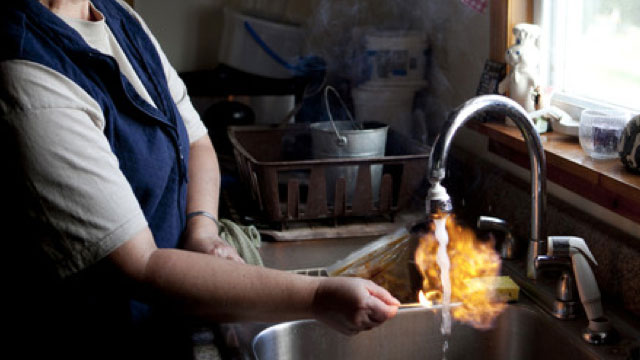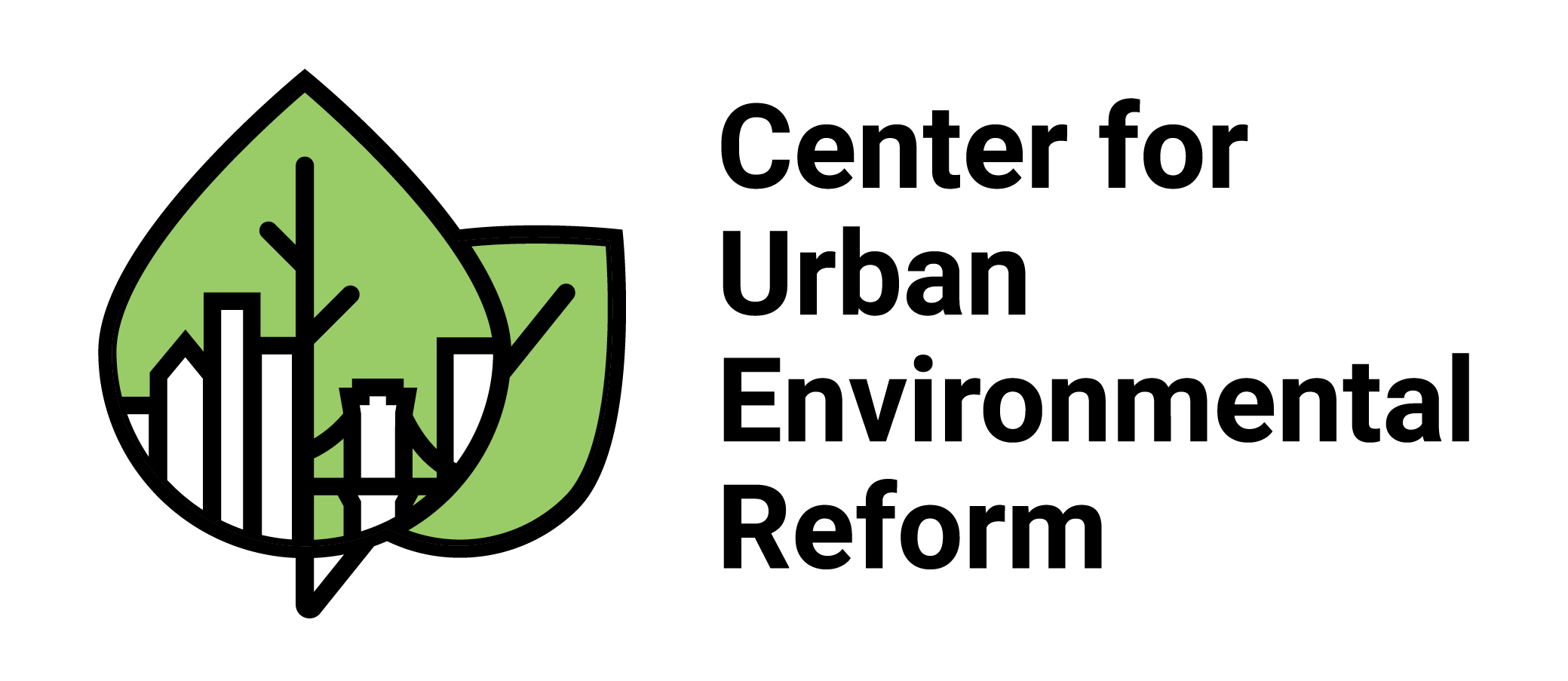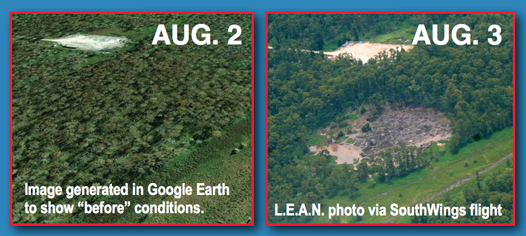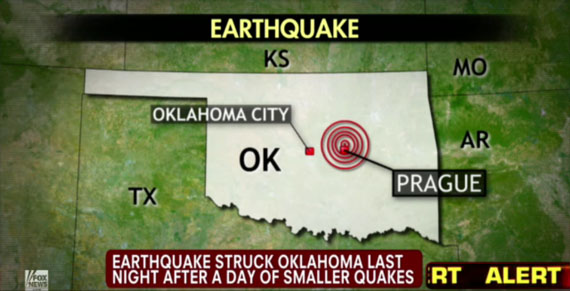Sinkholes, Earthquakes, and Fire Water OH MY!
Sinkholes, Earthquakes, and Fire Water — Three Things the Petroleum Industry has brought us besides the obvious air and water pollution and, of course, climate change.
Sinkholes
In Bayou Corne, Louisiana a 25 acre wide and 750 deep sinkhole has developed and swallowing anything in its path. Check out the video…
This sinkhole did not develop naturally. Underneath Bayou Corne lies a salt dome. The petrochemical company Texas Brine has for years been injecting high pressure freshwater into the salt dome to pump out the saltwater to the surface. From there it is sent to refineries and broken down into sodium hydroxide and chloride to make everything from paper to medical supplies. After years of this process, the salt dome collapsed in August of 2012 and is continuing to grow in size and cause great concern for the local residents. See article here.
Earthquakes
On November 5, 2011 an earthquake registering at 5.7 rolled out in Praque, Oklahoma. The earthquake was the largest ever registered in Oklahoma being felt by 17 states. Two 4.7 earthquakes preceded.
This is clearly not normal for Oklahoma, known for tornadoes not earthquakes. Not only were the residents surprised, so were the seismologists. The Wilzetta Fault where the earthquake occurred had a “zero probability of expected ground motion” stated the United States Geological Survey (USGS).
So how did such a large earthquake occur in a place of zero probability? Hydrofracking: the process the petrochemical industry uses to extract natural gas from deep beneath the ground. The USGS investigated the reasons behind the mysterious earthquake. The resulting research indicated that the recent increase in Oklahoma’s earthquakes, up to 1000 earthquakes in 2010, is likely due to the underground injection of wastewater from hydrofracking. See article here.
Fire Water
 Ever since Josh Fox’s documentary Gasland, the image of water catching on fire has been ingrained in my mind. Needless to say, if water is catching on fire something is seriously wrong. A recent Duke study found that methane, the culprit behind the firey water, found methane contaminating the water more prevalent in water wells within 1 kilometer of the drilling sites. In fact, twelve homes had levels of methane in the well water that were well above the recommended federal limit. Of course, a recently released study, funded by the industry, says that there isn’t that much methane leaking into the air, so there isn’t much concern for greenhouse gas pollution. No surprise there.
Ever since Josh Fox’s documentary Gasland, the image of water catching on fire has been ingrained in my mind. Needless to say, if water is catching on fire something is seriously wrong. A recent Duke study found that methane, the culprit behind the firey water, found methane contaminating the water more prevalent in water wells within 1 kilometer of the drilling sites. In fact, twelve homes had levels of methane in the well water that were well above the recommended federal limit. Of course, a recently released study, funded by the industry, says that there isn’t that much methane leaking into the air, so there isn’t much concern for greenhouse gas pollution. No surprise there.



